The Panama Canal located in the Republic of Panama is one of two man-made connections built to aid shipping by shortening the route from ocean to ocean.
Ships going to New York from California have 8,000 nautical miles cut off of their trips by passing through the locks of the 40-mile canal, instead of having to pass under Cape Horn at the southernmost tip of South America.
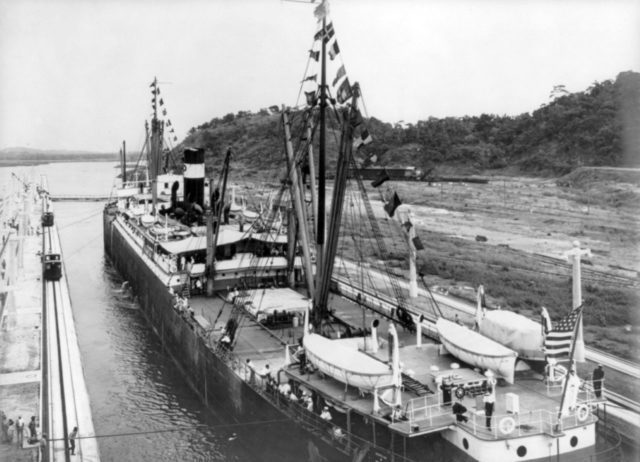
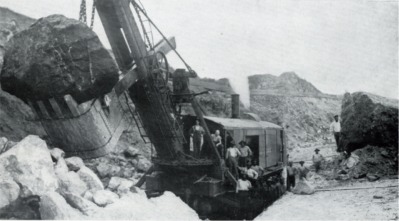
The canal is situated on the lowest point of the Continental Divide and is entered in Colón on the eastern side and travels to Gatún Lake. The canal takes an eastern turn, then runs southeast to the Bay of Panama and exits near Balboa. Ships must take the three Gatún Locks to reach Gatún Lake, which was created by a man-made dam on the Chagres River.
The locks lift the ships eighty-five feet to reach the lake. After passing through the channel of the lake, ships pass through the Pedro Miguel Locks, which lower the ships to Miraflores Lake, 30 feet lower than Gatún Lake.
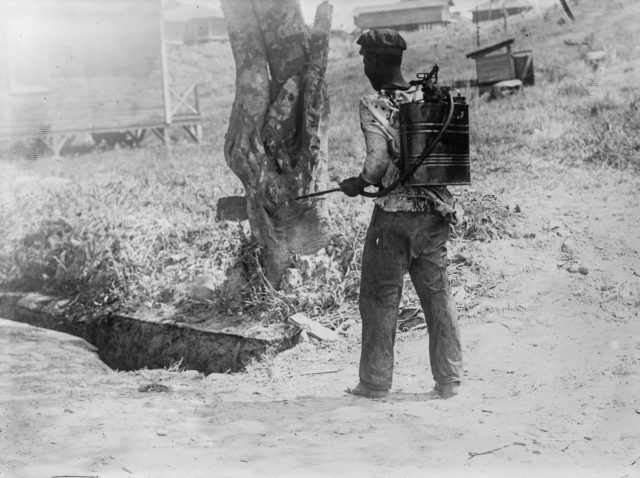
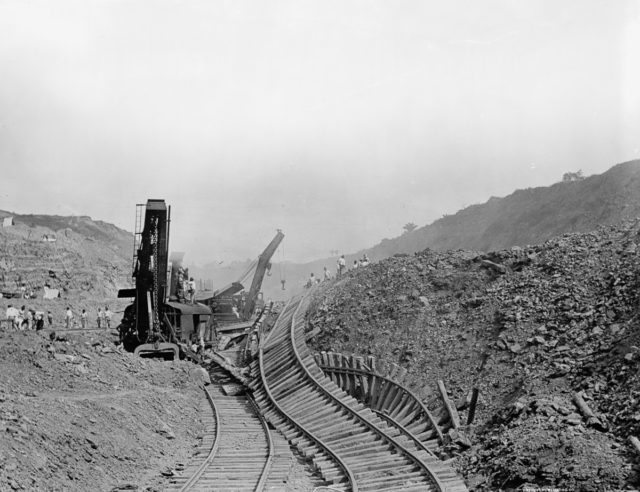
After passing through a mile long channel, they are lowered to sea level on the western side. A pilot comes on board the ship to navigate through the locks after receiving permission to advance, and after waiting in line, the ship begins its trip through the canal which takes about ten hours, end to end.
All in all, some ships take up to twenty-five hours to complete the journey through the canal In order to pay for upkeep on the canal, each ship is charged a toll based on the capacity of the ship and if it carries cargo or people and it is required to have the ship’s manifest inspected.
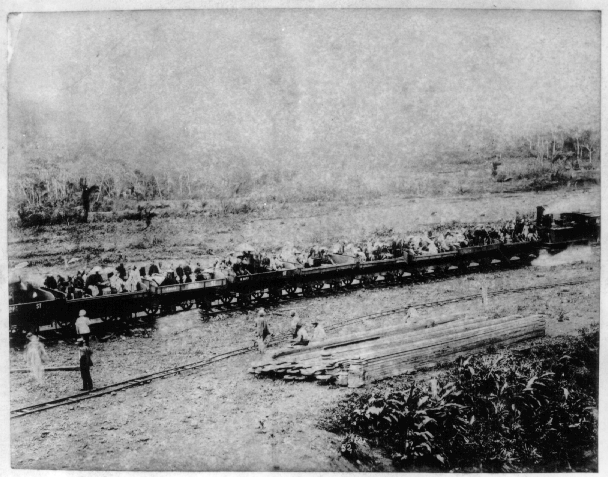
The locks use the flow of water to operate in addition to electric motors monitored by a control tower. Smaller ships are able to navigate the canal on their own, but the larger vessels are assisted by electric towing trains that run along the lock walls. Unless maintenance is being done, both east and westbound ships can use the canal simultaneously.
Ideas for a canal through Panama had been brought forth since the 1500s, but until the 19th century, there was no feasible way to create such a complicated and labor intensive task. In 1881, the Colombian government, which at the time controlled Panama, granted permission to Compagnie Universelle du Canal Interocéanique, an independent French firm which collected money from investors, to begin the construction of the canal.
Ferdinand de Lesseps, the designer of the Suez Canal, was appointed to oversee the project, which was to be built entirely at sea level. Engineer Adolphe Godin de Lépinay, Baron de Brusly, who was very familiar with the lay of the land in Panama, suggested creating the man-made dams to create the lakes through which the locks could be efficiently connected. Ferdinand de Lesseps rejected those ideas and based his plans on the same conditions he encountered while overseeing the construction of the Suez Canal. What de Lesseps overlooked was the fact that while the Suez Canal was built in the desert, Panama was located in a tropical area with heavy rains and was infested with malaria carrying mosquitoes. Little was known of malaria at the time, as it was not even identified until 1880, and thousands of men died. The machinery brought in was inadequate for the task and even through plans were changed mid-project to allow locks to be incorporated into the canal, and the project was abandoned in 1898.

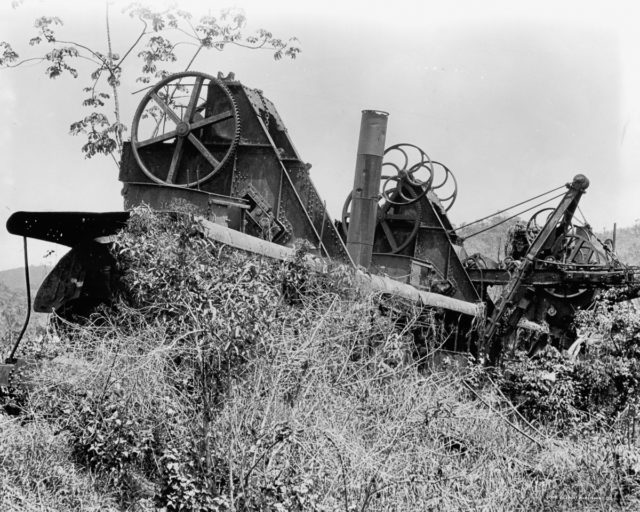
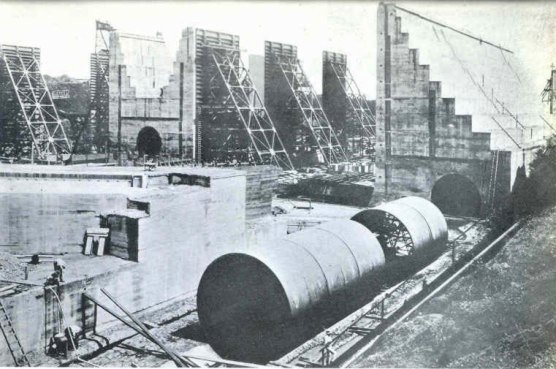
The Spooner Act, passed in 1902, allowed for the acquisition of the Compagnie Universelle du Canal Interocéanique’s assets and the continuation of the canal by the United States, providing a treaty could be reached with Colombia. When Colombia and the United States could not come to an agreeable set of terms, Panama, aided by the United States, secured its independence from Columbia and was recognized as an independent country by the US in 1903.
By 1906, engineers were still at odds with each other on the subject of building dams and using the lock system, but President Theodore Roosevelt settled the arguments by agreeing with the proposal of Chief Engineer John Frank Stevens, who believed the lock type of canal would be the most efficient.
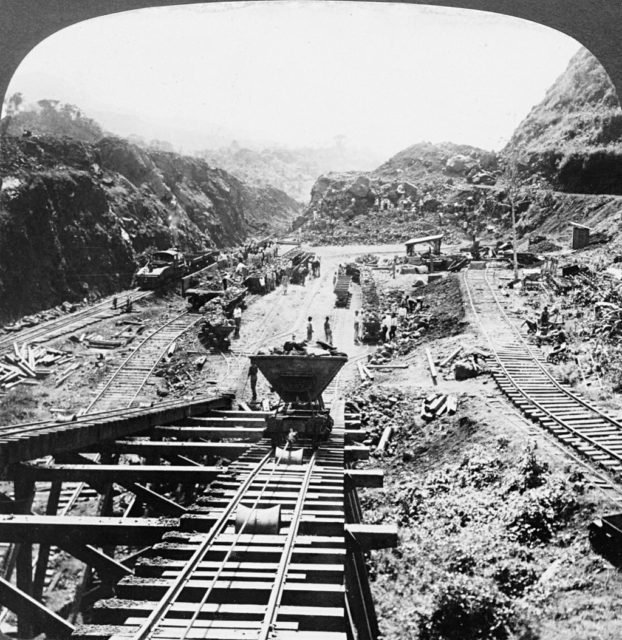
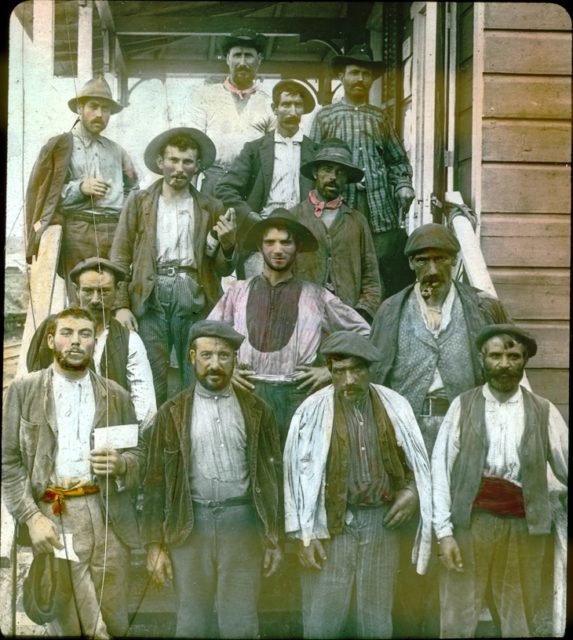
The problems with malaria and yellow fever had been addressed by spraying for mosquitos, and while all of the disease carrying bugs were not eliminated, enough control succeeded in allowing workers to complete the job.
The Panama Canal was opened to shipping traffic on 15 August 1914, when the first ship, the SS Ancon, passed through the newly opened gates.
Less than half of the work completed by the French was useable for the US plans for the canal. Engineers and tradesmen from the US oversaw operations and the Canal Zone was controlled by the United States until 1977, when the Panama Canal Treaty recognized the Canal Zone as part of the state of Panama but gave the United States the right to manage and operate the canal until 1999, when the canal would be completely turned over to Panama.

Since then, the Panama Canal has undergone many improvements. Repairs have updated the canal due to frequent landslides, and it has been widened to make room for the new supertanker ships. A new set of locks is being constructed and are due to open in 2017.
Here is another read from us: The magnificent and mighty trestle bridges of the 19th Century
While the construction of the Panama Canal was costly, both in financial terms and the loss of life to many workers, it has been hailed as one of the greatest engineering feats in the history of mankind so far and has saved millions of dollars and countless hours for the shipping trade.
